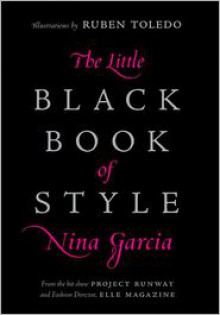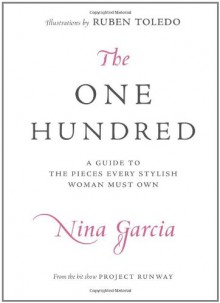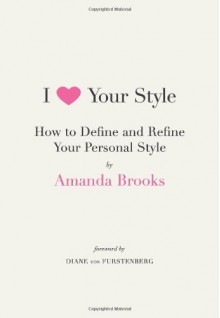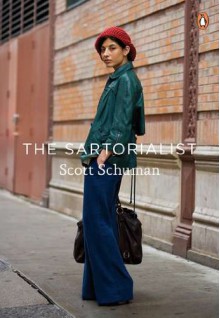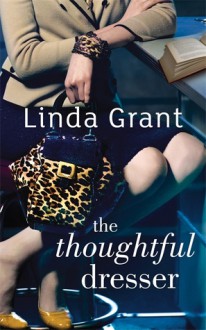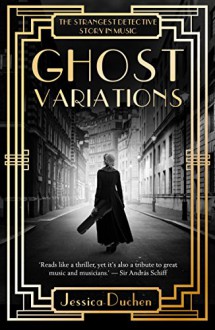
I’m writing this review on behalf of Rosie’s Book Review Team. I was given an ARC copy of this book and I voluntarily chose to review it.
I enjoy reading in a variety of genres but have recently realised that I really enjoy historical fiction, as it offers me both, great stories and a background that’s interesting in its own right and that often offers me insight into eras and situations I know little about.
When I read the description of this novel I thought it sounded very different to what I usually read, but fascinating at the same time. A mystery surrounding a piece of music (a violin concerto) by a famous composer (Robert Schuman) that has been hidden for a long time. I love music but I’m not a deep connoisseur, and I didn’t realise when I read about the novel that the story was based on facts (it follows quite closely the events that took place in the 1930s, involving Hungarian (later nationalised British) violinist Jelly d’Arányi, and a concert Schuman wrote whilst already interned in an asylum) and included an element of the paranormal. It’s one of those cases when reality upstages fiction.
Despite the incredible story, that’s fascinating in its own right, Jessica Duchen does a great job of bringing all the characters to life. The story is told in the third person mostly from Jelly’s point of view, although later in the book we also get to hear about Ully, a character that although not based on a real person brings much to the equation, as it offers us a German perspective on the story. Jelly, who lives with her sister, brother-in-law, niece and their dog, despite her many admirers and some failed romances, is single and dedicated heart and soul to her music. I easily identified with Jelly, although our vocations and personal circumstances are very different, but I appreciated her dedication and love for music and for her family, her horror at the social and historical circumstances she was living through, her difficulties fitting in, as a foreigner living abroad, and her awareness of the challenges and limitations she was facing due to her age. There are very touching moments, for example when Jelly goes to visit her secretary and friend at the hospital and gives an impromptu concert there, when she organises a tour of concerts in cathedrals, free for everybody, not matter their social class, to collect funds for the poor, and when she becomes plagued by self-doubt, due to her personal circumstances and to her failing health. Jelly is not perfect, and she appears naïve at times, showing little understanding of issues like race or politics, limited insight into her own beliefs about the spirit world, her feelings and hesitating about what to do in her personal life, but she is a credible and passionate human being, and she gets to confront many of her fears by the end of the book.
Apart from the gripping story and the background behind the discovery of the concert, there is the historical context of the 1930s. As Schuman was a German composer, somehow it became a matter of national importance to recover the concert and claim it as a German work. The changes in Germany, the atmosphere of menace and threat, the rise of dangerous nationalism, and how that was also reflected in Britain, where the sisters lived, was well reflected and built into the book, especially when, at first sight, it seems to be only marginally relevant to the central mystery. As several characters observe in the novel, a piece of music is not ‘just a piece of music’ any longer and everything becomes vested with particular significance, thanks to manipulation and propaganda, no matter what the original intention of the composer might have been. I suspect most people who read this book won’t be able to resist comparing the historical situation then to our current times and worry.
This novel is a joy to read, one of these cases when the story and the writing style are perfectly matched and one can almost hear the music flowing from the pages. A wonderful novel that I recommend to anybody interested in the period and in good writing. I’ll be closely watching this author in the future.

 Log in with Facebook
Log in with Facebook 
